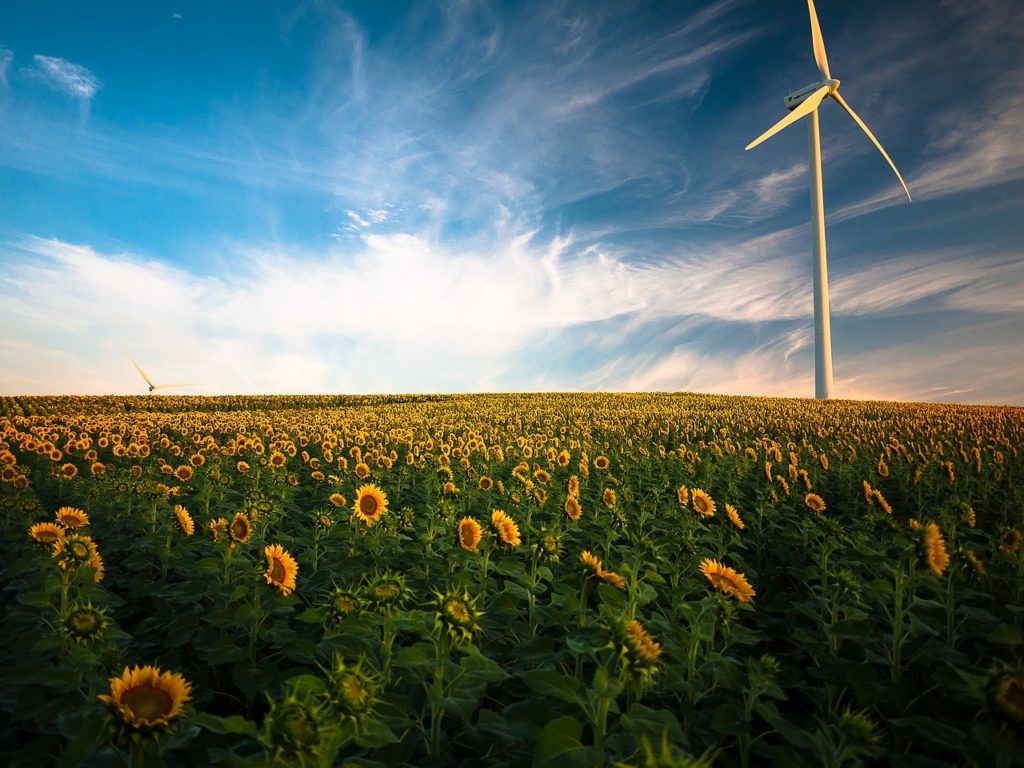Authors: Frans Silvenius, Marjatta Vahvaselkä and Hannu Ilvesniemi / Luke
When performing a life-cycle assessment (LCA), data is collected from all relevant parts of different production systems related to the whole value chain covering the raw material, manufacturing, transport and waste management phases. This essential and time-consuming task can be done by using different data sources; most describing is to use primary data, where material and energy inputs and outputs are collected from each stage of the investigated product chain.
When the study concerns an industrial process, flowchart with material and energy inputs is needed for the calculation. If the energy inputs cannot be measured, process parameters like temperature, pressure, reaction enthalpy, heating method, equipment, chemicals (quality and quantity), reaction energy, cooling or heating must be known as bases of the calculations. If measured data of the actual processes is not readily available, one challenge is also how to scale up laboratory scale material and energy balances to industrial production plant.
Sometimes the goal of the study is so wide that all data collection cannot be done by using primary data or the primary data cannot be collected because of other reasons. In such cases there are the possibilities of using so-called secondary data. This data can be obtained from statistics, databases and scientific articles. The problem is that different investigations possibly have been made by different methodologies, like different system boundaries, allocation methods and emission factors. Sometimes this background data and methodology description is poorly documented, which may lead to misleading results. The impact of methodological differences must be eliminated, when making comparisons. For harmonization of the methodologies, there are many standards and guides for calculation, but the development of them is still ongoing. One difficulty is also how to use possibly confidential data concerning the processes to be assessed.
LCA data for different oil seed cultivation and oil separation processes related to bioplastics production can be found in databases, e.g. in Ecoinvent. These environment impact values have been calculated from real-life processes in individual countries or from EU/global level data. When we want to focus more on existing industrial bio-plastic production processes based on selected plant oils it is possible to gather data by surveys and interviews. This will be practiced also for reaction sequences developed for novel bioplastics. Then, however, the assumptions made for processing technologies and their material and energy inputs and outputs create uncertainties.
The LCA work related to the modelling and comparing of sustainable ways for producing biobased plastic products continues.

